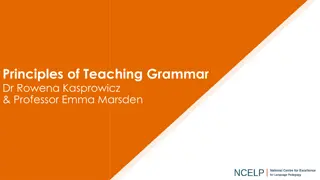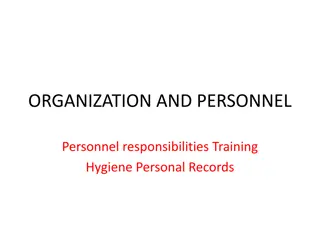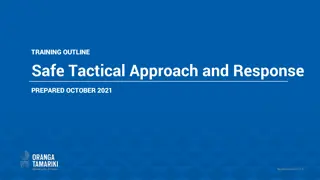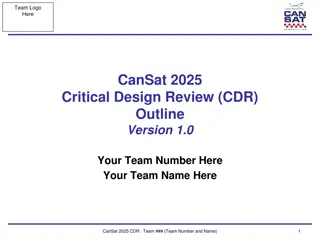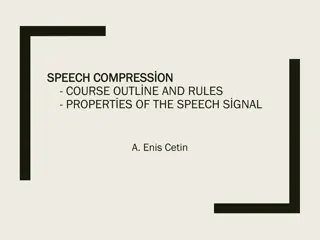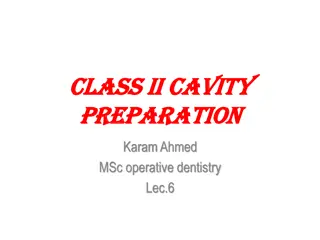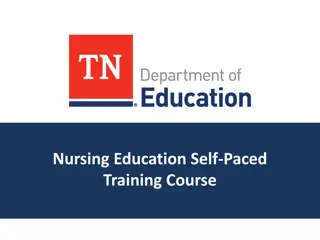
Effective Research Paper Outlining for Better Organization and Structure
Learn why creating an outline is crucial for your research paper, explore different outline formats for social sciences and STEM, and understand the key sections to include for a well-structured paper. A well-crafted outline serves as a roadmap for your ideas, arguments, and the flow of your paper, ensuring clarity and coherence throughout the writing process.
Download Presentation

Please find below an Image/Link to download the presentation.
The content on the website is provided AS IS for your information and personal use only. It may not be sold, licensed, or shared on other websites without obtaining consent from the author. Download presentation by click this link. If you encounter any issues during the download, it is possible that the publisher has removed the file from their server.
E N D
Presentation Transcript
Why create an outline? The outline is a general plan of your research paper, written BEFORE the rough draft. Blueprint for your paper Organize your thoughts and arguments Structure and flow of your paper
Organization of your research paper 1. Introduction 2. Theoretical Framework/Literature Review 3. Case Study (or Case Studies) 4. Conclusion 5. References 1. Introduction 2. Methodology 3. Findings (also called Results) 4. Discussion 5. Conclusion 6. References (style according to your field)
Commonly used outline format- social sciences Title Introduction 1. State the core research question 2. Tell the reader the significance of the question 3. Provide a brief version of your answer to the question 4. Provide an overview of the rest of the paper Theoretical Framework/Literature review 1. Provide an overview of the possible explanations for your question 2. Include consideration of the broader literature that addresses your subject 3. Address your method for approaching the question Case Study (or Case Studies) 1. Apply the theoretical framework to one ore more cases 2. May include multiple separate major sections of your paper Conclusion 1. Return to the core question 2. Summarize your core argument and findings 3. Discuss the broader implications or prospects for future research
Commonly used outline format- STEM Title Introduction 1. Why is your research important? 2. What is known about the topic? 3. What are your hypotheses? 4. What are your objectives? Materials and Methods 1. What materials did you use? 2. Who were the subjects of your study? 3. What was the design of your research? 4. What procedure did you follow? Results 1. What are your most significant results? 2. What are your supporting results? Discussion And Conclusion 1. What are the studies major findings? 2. What is the significance/implication of the results?

